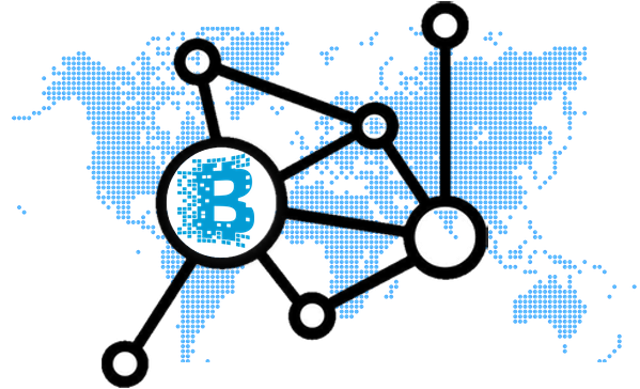
International donors can use blockchain and distributed ledger technology to improve development outcomes and the effectiveness of development aid in several ways:
- Increased transparency and accountability: Blockchain technology offers a secure and transparent way of tracking the flow of funds from the donor to the recipient. This can increase accountability and reduce the risk of fraud and corruption in the development sector.
- Improved supply chain management: Blockchain technology can be used to improve supply chain management in the development sector. This can help to ensure that aid reaches its intended recipient and that goods and services are delivered as expected.
- More efficient payment systems: Blockchain technology can be used to create more efficient payment systems, reducing the time and cost associated with traditional banking systems. This can make it easier for international donors to send funds to the countries and organizations that need them.
- Better data management: Blockchain technology can be used to improve data management in the development sector. This can make it easier to track the impact of development projects and to make data-driven decisions about where to allocate resources.
- Increased financial inclusion: Blockchain technology can be used to increase financial inclusion by providing access to financial services for people who are currently excluded from the traditional banking system. This can help to reduce poverty and improve the standard of living for people in developing countries.
Careful consideration of the specific challenges and needs of each development project is important to determine whether distributed ledger technology is the best solution, and how it can be used most effectively.
15 Kenyan Companies Using Artificial Intelligence for Social Impact
Kenyan companies are increasingly utilizing Artificial Intelligence (AI) to drive social impact, recognizing its potential to address complex challenges and enhance...
Apply Now: $100,000 for African Blockchain Finance Solutions
In the Maasai Mara, landowners, wildlife, and tourism depend on one another for survival. The Maasai people lease their land to conservancies to earn an income,...
7 New Blockchain Initiatives Driving Financial Innovation Across Africa
The digital economy is booming across Africa with multiple fintech innovations using blockchain, cryptocurrencies, and Web3 to change the way Africans interact...
The Cryptocurrency Opportunity for African Digital Financial Services
Although the African continent receives only 2 percent of the global value of all cryptocurrencies, their rapid growth will transform financing in an increasingly...
Apply Now: $1.5 Million Blockchain and Crypto for Good Program Grants
New blockchain technologies are enabling new products and services that can solve critical challenges of our society. Even better, chain-agnostic Web3 innovations...
Apply Now: $385,000 for Equitable Digital Health Blockchain Systems
Half of the world’s population lacks access to essential health services such as family planning and immunizations, just one example of the unfair yet avoidable...
Apply Now: $100,000 in Cryptocurrency for Blockchain Social Impact Solutions
The COVID-19 pandemic created economic hardships and has had compounding impacts on many aspects of children’s lives. Many children who couldn’t access digital...
Apply Now: £60,000 for Decentralized Web3 Solutions in Aid Programing
The World Wide Web was originally conceived as an open protocol with value shared among decentralized systems and users. This Web 1.0 vision soon became Web 2.0...
New USAID Digital Ecosystem Framework for International Development
Digital technologies are becoming more accessible and have brought the promise of enormous benefits from digitalization. These tools and services can advance freedom...
10 Human Rights Impacts of Land Governance Digitalization
Digitalization – the adoption and use of information and communications technologies (ICT) and artificial intelligence in different sectors and every...











